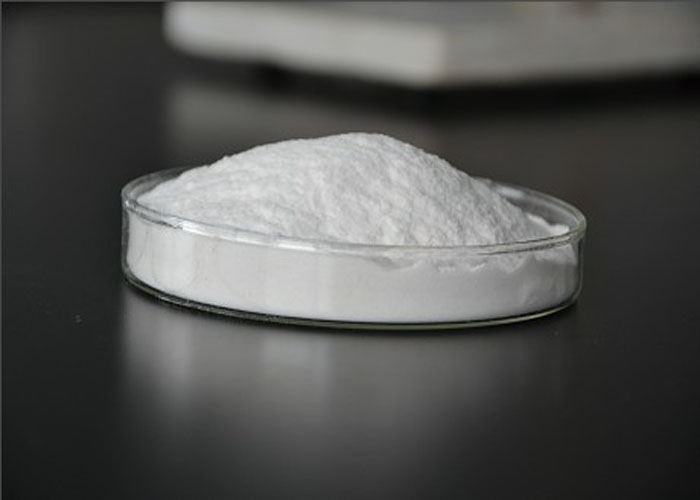Carboxymethyl Cellulose (CMC) is a versatile product that is widely used in industries such as food, pharmaceuticals, cosmetics, and textiles due to its unique properties. It acts as a thickening agent, stabilizer, emulsifier, and binder, making it a crucial ingredient in various products. CMC offers advantages such as improved texture, increased shelf life, and enhanced stability to food and pharmaceutical products. The growing demand for processed and convenience foods, as well as the rising focus on personal care and healthcare products, is driving the market for CMC.
The global Carboxymethyl Cellulose (CMC) Market is estimated to be valued at US$1154.5 Mn in 2023 and is expected to exhibit a CAGR of 4.1% over the forecast period 2023 to 2030, as highlighted in a new report published by Coherent Market Insights.
Market Key Trends:
One key trend in the Carboxymethyl Cellulose market is the increasing demand for CMC in the pharmaceutical industry. CMC is widely used in pharmaceutical formulations for its excellent binding, suspending, and emulsifying properties. It improves the bioavailability of drugs and ensures controlled release, making it an essential ingredient in tablets, creams, and ointments. With the growing pharmaceutical sector and the increasing need for innovative drug formulations, the demand for CMC is expected to witness significant growth.
Porter’s Analysis:
Threat of new entrants: The carboxymethyl cellulose market is expected to witness a low threat of new entrants. This is due to several barriers to entry such as high initial investment required for setting up manufacturing facilities, stricter regulations related to environmental compliance, and the need for significant technical expertise. Furthermore, established players in the market already have strong brand recognition and well-established distribution networks, making it difficult for new entrants to compete effectively.
Bargaining power of buyers: The bargaining power of buyers in the carboxymethyl cellulose market is moderate. Buyers have a certain level of power as they can switch between suppliers based on factors such as price, quality, and reliability. However, the availability of substitute products is limited, leading to a relatively lower level of buyer power. Additionally, bulk buyers have an advantage in negotiating favorable pricing terms with suppliers.
Bargaining power of suppliers: The bargaining power of suppliers in the carboxymethyl cellulose market is moderate to high. This is primarily due to the limited number of suppliers in the market and the specialized nature of the product. Suppliers have the ability to control prices and terms of supply to some extent, especially in situations where there are no alternative suppliers available. Furthermore, the raw materials required for carboxymethyl cellulose production are sourced from limited geographical regions, which increases the bargaining power of suppliers.
Threat of new substitutes: The threat of new substitutes in the carboxymethyl cellulose market is low. Carboxymethyl cellulose has unique properties that make it highly suitable for various applications such as food additives, pharmaceuticals, and personal care products. The development of a substitute with similar characteristics and functionality is challenging, which limits the threat of substitution.
Competitive rivalry: The carboxymethyl cellulose market experiences high competitive rivalry among key players. The market is fragmented with the presence of several global and regional players. Competition is driven by factors such as price, product quality, innovation, and brand reputation. Key market players are continuously investing in research and development activities to introduce new and improved products to gain a competitive edge in the market.
Key Takeaways:
The Global Carboxymethyl Cellulose Market Share is expected to witness high growth, exhibiting a compound annual growth rate (CAGR) of 4.1% over the forecast period of 2023 to 2030. This growth can be attributed to increasing demand for carboxymethyl cellulose in various end-use industries such as food and beverages, pharmaceuticals, and cosmetics. The versatility of carboxymethyl cellulose as a thickening agent, stabilizer, and water retention agent is driving its demand in these industries.
In terms of regional analysis, Asia Pacific is projected to be the fastest-growing and dominating region in the carboxymethyl cellulose market. This growth can be attributed to the rapid expansion of key end-use industries in countries like China and India. Additionally, increasing consumer awareness regarding the benefits of carboxymethyl cellulose in food and pharmaceutical products is further contributing to the market growth in this region.
Key players operating in the carboxymethyl cellulose market include Akzo Nobel N.V., Ashland Inc., CP Kelco, Daicel Corporation, The Dow Chemical Company, Lamberti S.p.A., Penn Carbose Inc., Sichem LLC, SINCOCMC Co. Ltd, Yixing Tongda Chemical Co. Ltd, and Nouryon. These players are focusing on strategic initiatives such as mergers and acquisitions, collaborations, and product innovations to strengthen their market position and expand their product portfolio.
*Note:
1. Source: Coherent Market Insights, Public sources, Desk research
2. We have leveraged AI tools to mine information and compile it




